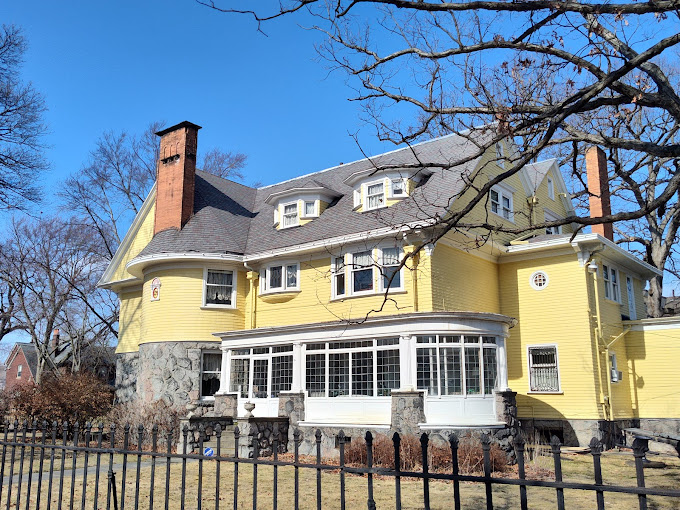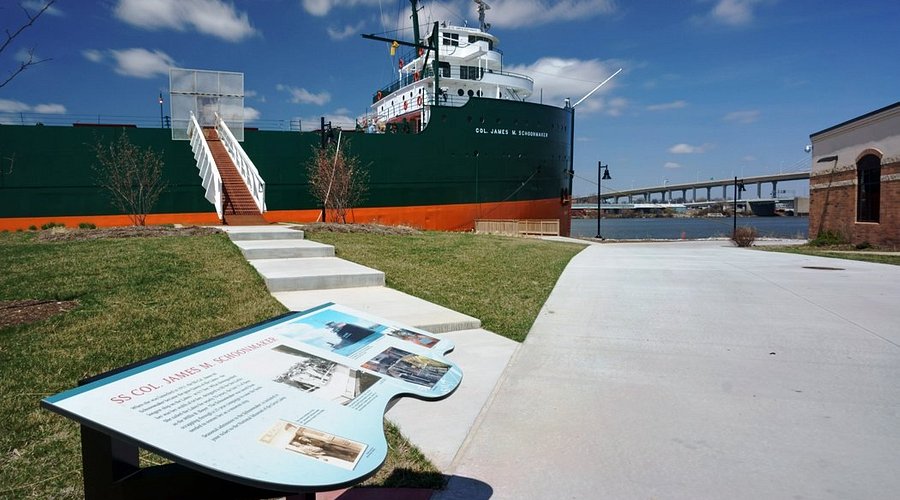
- This event has passed.
Libbey House Historical Tour at the Edward D. Libbey House
February 5 @ 11:00 am - 12:30 pm

The Historic Libbey House Foundation will hosting Citizen Advisory Group for an educational tour of all three floors of the Edward D. Libbey House on Wednesday, February 5th at 11am . Most of the original woodwork still remains inside of the home.
The third floor, originally the servants quarters, now houses a history of The Libbey Glass Company, founded by Edward Drummond Libbey. Toledo is known as the glass capital of the world and The Toledo Museum of Art, located across the street from the house.
Please register today by going to http://www.citizenadvisory.com/RSVP or by calling 419-872-0204. Space is limited!
More Info on the Edward D. Libbey House, Toledo
The Edward D. Libbey House, also known as the Libbey-Chudy-Perkins House, is an architectural marvel. Built in 1885, this Colonial Revival-style estate spans 10,000 square feet and is renowned for its historical and aesthetic significance. Over its 125-year history, the house has changed ownership numerous times, yet it consistently elicits admiration from all who visit. The meticulous design and preservation of its interior evoke a sense of timeless elegance and charm, reminiscent of scenes from classic films.
Designated as a National Historical Landmark of the USA, the Libbey House stands as a testament to the craftsmanship and architectural sophistication of the late 19th century. The two years of careful construction and design have resulted in a home that perfectly embodies Colonial Revival style, with a harmonious blend of wood, glass, and stucco moldings. Visitors are greeted by a 30-foot reception hall featuring a grand cherry wood staircase and a large stained glass bay, setting the tone for the home’s luxurious interior. Adjacent to the reception hall are a music room, a mahogany parlor, and an ornately paneled dining room adorned with hand-carved lions’ heads.
Throughout the house, one can find exquisite details such as dentil, egg and dart, and bead and reel moldings, as well as Doric, Ionic, and Corinthian columns. The use of cherry, oak, and mahogany in hand-carved woodwork, pillars, mantles, and built-in bookcases showcases the home’s commitment to intricate craftsmanship. The stained, leaded, and curved glass windows add to the grandeur, while one of the many fireplaces features hand-painted Delft tiles imported from the Netherlands. The third floor, initially intended for servants, has been transformed into bedrooms and an office, maintaining the home’s functional and historical integrity.
The Libbey House also boasts luxurious bathroom features, including pedestal lavatories, oversized clawfoot tubs, and a marble shower with full body spray. An underground wine cellar and many original gas light fixtures, most of which have been converted to electric, highlight the home’s blend of historical charm and modern convenience.



